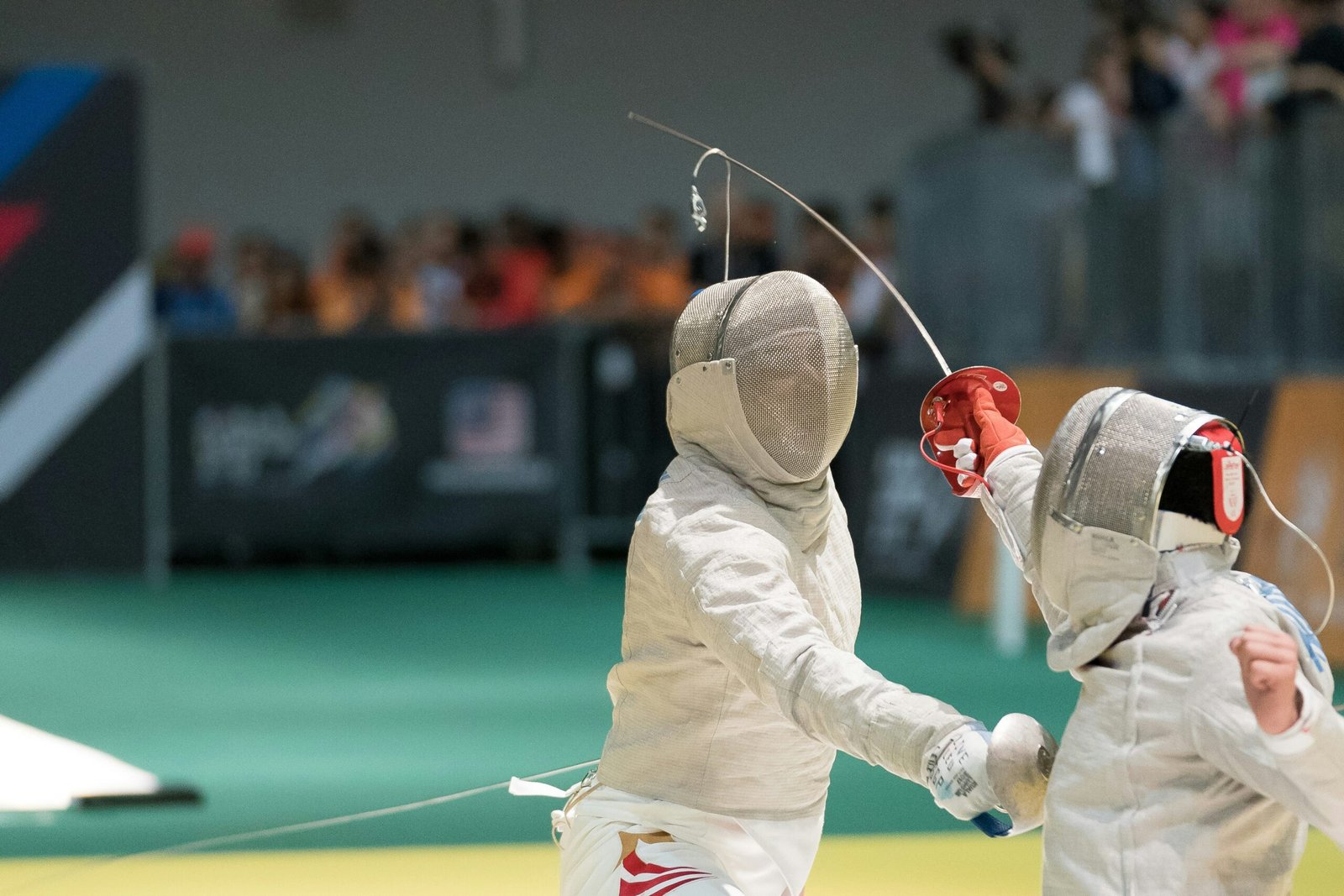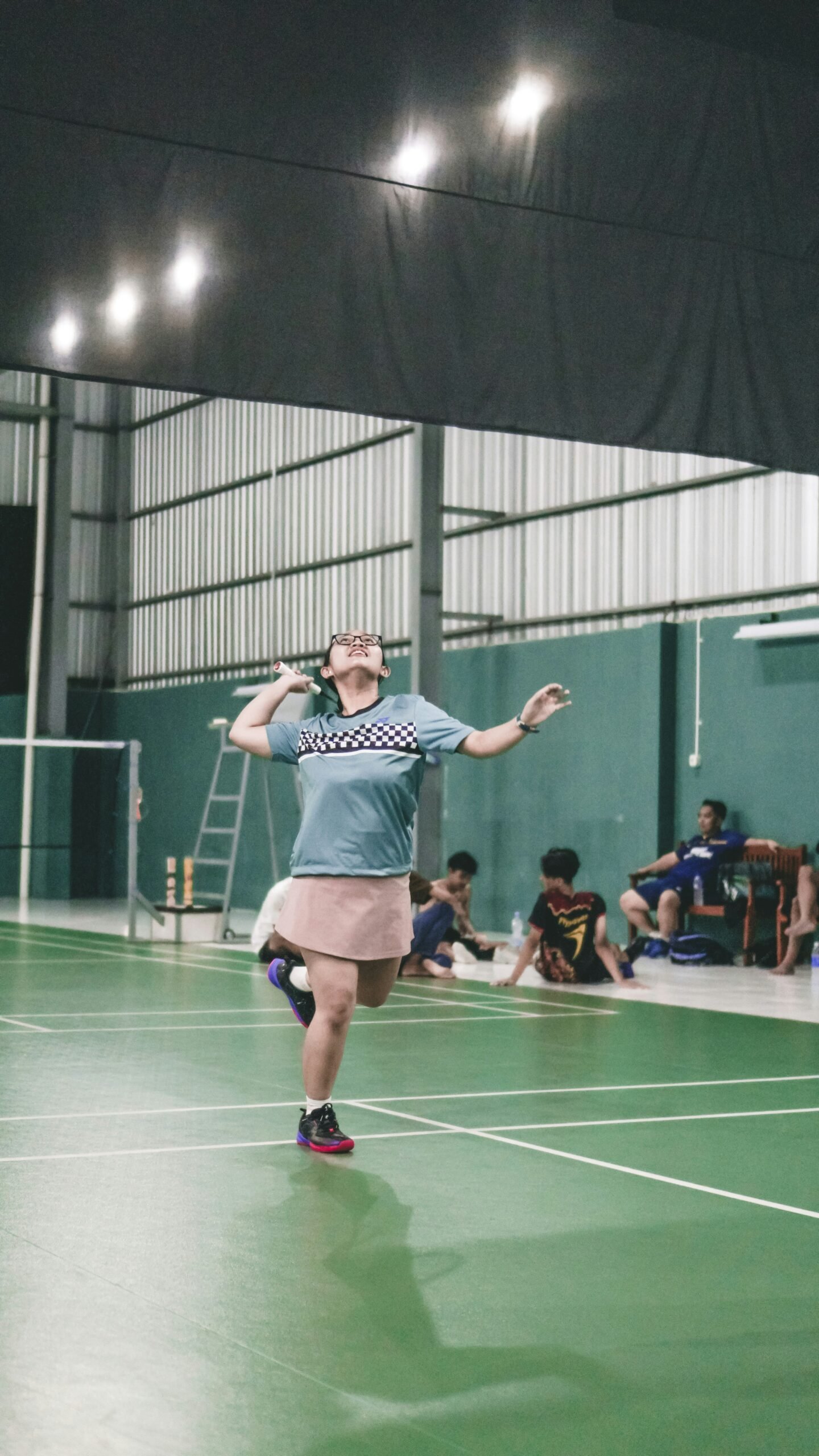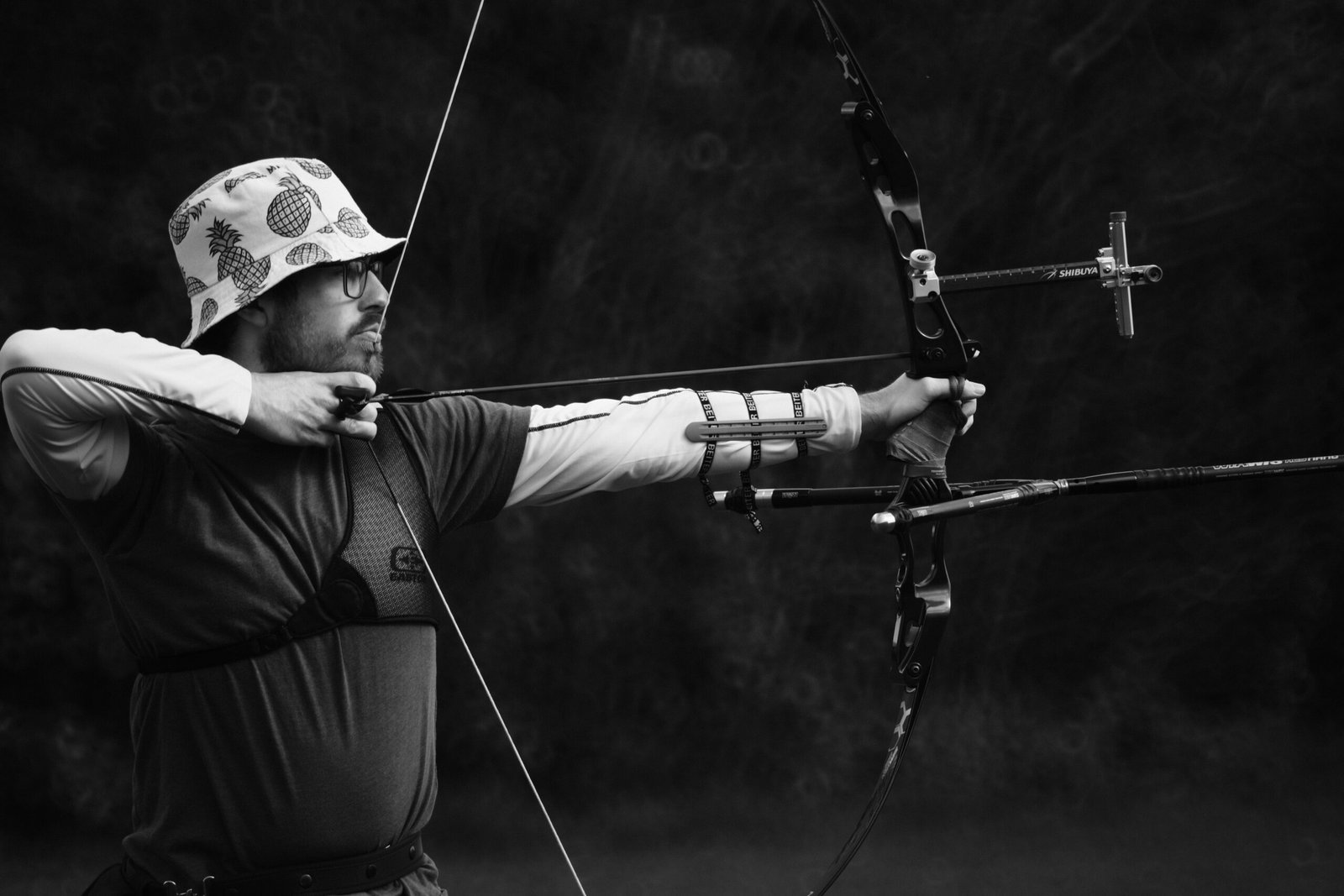Introduction to Archery
Archery, a sport that combines skill, precision, and focus, has a rich historical significance that dates back thousands of years. Initially developed for hunting and combat, archery has evolved into a revered art form and competitive sport. Today, it encompasses various styles and disciplines, reflecting its diverse cultural roots and the advancements in technology and technique.
Throughout history, archery has played a crucial role in many societies, with skilled archers often revered for their expertise. The ancient Egyptians, Greeks, and Romans utilized bows and arrows in warfare, while medieval archers were vital in numerous battles, showcasing the importance of archery in military tactics. As societies advanced, archery gradually transitioned from a necessity for survival to a popular recreational activity and a formal sport recognized worldwide.
In contemporary archery, several types have emerged, each with its unique characteristics and goals. Target archery, for example, is primarily centered around shooting arrows at stationary targets from varying distances. It is often featured in competitive settings, such as the Olympics, where accuracy and consistency are paramount. Field archery, on the other hand, involves shooting at targets positioned in natural settings that simulate hunting conditions, requiring archers to account for terrain and distance. Bowhunting combines the ancient practice of archery with the modern pursuit of game, emphasizing the ethical use of skills honed through rigorous practice.
This overview highlights the multifaceted nature of archery, setting the stage for a deeper exploration of techniques aimed at improving accuracy. Understanding the various aspects of archery can provide both novice and experienced archers with the context needed to appreciate the sport and the art form it represents.
Understanding Different Types of Bows
Archery enthusiasts have access to a variety of bows, each designed with specific characteristics catering to different shooting styles and preferences. The most prominent types of bows include recurve bows, compound bows, and traditional longbows. Understanding these variations is essential for archers aiming to enhance their shooting accuracy.
Recurve bows are perhaps the most recognizable design, featuring curved limbs that face away from the archer when unstrung. This structure enables the bow to store more energy, resulting in increased arrow velocity upon release. One of the significant advantages of recurve bows is their versatility; they can be used for target shooting, field archery, and even hunting, making them a popular choice for both beginners and experienced shooters. However, they may require more upper body strength and consistent technique compared to other types.
On the other hand, compound bows utilize a system of pulleys and cables to allow for a mechanical advantage when drawing the bowstring. This design reduces the physical effort required to hold the string back at full draw, making it easier for the archer to maintain stability and focus on aiming. Additionally, compound bows often come equipped with advanced sight systems and stabilizers that can significantly enhance shooting accuracy. However, they tend to be more complex and costly compared to traditional styles.
Traditional longbows are characterized by their simple, elegant design with straight limbs and a lack of advanced technology. Many archers appreciate the historical significance and challenge associated with shooting a longbow. While they can be incredibly accurate in the hands of skilled archers, achieving such precision often requires years of practice and a strong understanding of form and technique. Despite this, their minimalist approach can also be a draw for those seeking a more authentic archery experience.
The choice of bow significantly impacts an archer’s shooting accuracy. Understanding the advantages and disadvantages of each bow type enables archers to select the best option that aligns with their skill level, shooting style, and personal preferences.
The Importance of Stance and Posture
Stance and posture are fundamental components of successful archery, directly influencing an archer’s accuracy and consistency. A solid stance provides a foundation that supports various shooting techniques, allowing an archer to maintain balance and control throughout the draw and release phases. When preparing to shoot, one must ensure that the feet are shoulder-width apart, with one foot slightly forward. This positioning helps distribute weight evenly and enhances stability.
Moreover, it is essential to align the body correctly. An archer should face the target with their shoulders square, ensuring that the hips are in line with the intended direction of the shot. Such alignment promotes a natural draw and release, minimizing unwanted body movement that can impact accuracy. Engaging the core muscles aids in maintaining this alignment, providing additional support during the shot process.
Common mistakes that novice archers often make include leaning too far forward or backward, which can throw off balance and lead to inconsistencies in shooting. Similarly, an improper grip on the bow can adversely affect posture, leading to tension in the arms and shoulders. Archers must ensure their grip is relaxed yet firm, avoiding excessive pressure that can result in muscle fatigue and reduced accuracy.
Additionally, focusing on the distribution of weight when adopting a stance is crucial. Most archers find success with about 60% of their weight on the front foot while the back foot supports the remaining 40%. This weight distribution helps manage recoil during the shot and prevents falling forward or backward, which can lead to errant shots. By following these principles of stance and posture, archers can establish a strong foundation, paving the way for enhanced performance and improved accuracy in their archery endeavors.
Mastering the Grip: Finding Your Perfect Hold
The grip is a fundamental aspect of archery, as it directly influences an archer’s accuracy and overall performance. A proper bow grip can mean the difference between a bullseye and a miss. To achieve the optimal grip, archers must explore various styles and techniques that suit their individual needs and shooting preferences.
One common grip style is the relaxed grip, which encourages the shooter to hold the bow without excessive tension in the hand. This technique allows for a more fluid release of the arrow, reducing the chance of disturbances during the shot. The fingers should wrap comfortably around the bow, with the pressure evenly distributed. Another style is the thumb grip, which some archers find more stable, providing a secure feel while aiming. Each archer can benefit from experimenting with these and other grip methods to find the one that enhances their comfort and shooting accuracy.
Consistency in grip is crucial for continued improvement in archery. To achieve this, archers can incorporate specific practices into their training routines. Establishing a pre-shot routine that includes a focus on the grip can help ensure that each shot begins with a consistent hold. Additionally, utilizing physical markers on the bow can assist in repeating the same grip each time. Archers should also be conscious of any unnecessary tension in the hands and fingers; this can negatively affect the release and trajectory of the arrow. Perform relaxation exercises or stretches for the hands to foster a more natural grip.
Ultimately, mastering the grip is an essential skill for archers looking to enhance their accuracy. By understanding various grip styles, reinforcing consistency, and promoting relaxation, archers can create a foundation for improved shooting performance.
Aiming Techniques for Precision
In archery, accuracy is paramount. One of the critical elements that contributes to this precision is the aiming technique employed by the archer. There are several distinct methods of aiming, each with unique benefits and applications. Among the most common are instinctive shooting, gap shooting, and the use of sights.
Instinctive shooting relies heavily on the archer’s ability to develop a kinesthetic sense of their bow and arrow. This technique requires the archer to focus on the target rather than the bow. As they draw the string, they intuitively gauge the trajectory of the shot. This method can lead to quick reactions and a more natural shooting style for experienced archers. However, it requires ample practice to hone the ability to instinctively aim accurately.
Gap shooting, on the other hand, involves the archer using a reference point or gap between the arrow and the target. This technique often allows for greater accuracy over varying distances, as archers can adjust their aim based on specific points in their line of sight. By comprehending the gap, archers can determine their shot better, especially in situations where distance might hinder instinctive shooting.
The use of sights is another common method in archery, especially for target archering. Sights can provide a more direct visual alignment between the arrow and the target, thereby enhancing the archer’s precision. The establishment of a clear sight picture is crucial; it requires the archer to focus intently on both the target and the sight, ensuring that their aim is consistently aligned. Additionally, the role of breathing cannot be underemphasized in achieving accuracy. Proper breathing techniques can help stabilize the archer’s body and maintain concentration during the draw and release phases.
Overall, mastering these aiming techniques is essential for developing enhanced accuracy in archery. Each method presents unique advantages that may benefit different styles and preferences, highlighting the art and science that underlies this ancient practice.
The Draw: Techniques for Consistency
The draw is a crucial phase in archery that significantly impacts accuracy and overall performance. Ensuring a smooth and consistent draw not only enhances shot placement but also builds the foundation for successful archery training. Understanding the mechanics involved in the draw can help archers—both novices and experts—improve their consistency.
First and foremost, proper posture is essential. Archers should stand with their feet shoulder-width apart, ensuring a balanced stance. The draw should begin with the archers gripping the bow tightly with their non-dominant hand while simultaneously placing their dominant hand on the bowstring. Maintaining a relaxed yet firm grip is key to avoiding unnecessary tension during the draw phase.
As the archer begins to draw the bowstring back, it’s critical to engage the core muscles. This engagement stabilizes the upper body, allowing the archer to maintain form and control throughout the draw. Additionally, drawing the string should come from the back muscles, not just the arms. This technique helps achieve a smooth motion and ensures that the bowstring is pulled back evenly, setting the stage for an accurate shot placement.
Another vital aspect of the draw is the anchor point. Establishing a consistent anchor point—whether it be at the corner of the mouth, chin, or jaw—provides the archer with a reliable reference for each shot. When the archer draws back to the same anchor point every time, it contributes to repeatability in shooting, further bolstering accuracy.
Maintaining a controlled and deliberate draw can significantly enhance shooting consistency. Regular practice of these techniques in a focused manner fosters good habits, ultimately leading to improved performance and satisfaction in archery. Pursuing consistency during the draw phase is not just beneficial; it is fundamental to mastering the art of archery.
The Release: Timing and Control
The release is a pivotal point in archery, marking the transition from aim to action. Achieving a clean release requires precise timing and fine motor control. When the archer reaches the peak of their draw, it is essential to focus on maintaining a steady grip while preparing for release. This balance is critical, as premature or delayed release can lead to inconsistency and impact accuracy. Developing a routine that encompasses focus on timing and body mechanics enhances the overall shooting experience.
To facilitate a successful release, archers must implement specific techniques that assist in mastering this crucial moment. A smooth and controlled release can be achieved through the use of back tension, where the archer engages the back muscles to initiate the release rather than relying solely on finger strength. This technique provides the foundation for an efficient release, as it fosters both precision and fluidity. Moreover, learning to utilize the “woosh” sound that follows the release can aid in understanding if the release was executed correctly.
The concept of follow-through also plays an essential role in ensuring a consistent release. Following through with the shot means maintaining the bow arm and drawing hand’s position even after the arrow has departed from the bowstring. This practice not only reinforces a steady release but ensures that the archer does not unintentionally alter their aim after the arrow is released. As such, incorporating follow-through into one’s practice routine can be highly beneficial.
To hone these skills further, archers can engage in targeted drills that emphasize the release. Practicing with a focus on timing and the mechanics of releasing the arrow can vastly improve consistency. One effective drill involves closing one’s eyes immediately prior to the release, forcing the archer to rely on tactile feel rather than sight, fostering greater awareness of timing and control during the release process.
Practice Techniques for Improving Accuracy
Achieving remarkable accuracy in archery necessitates a combination of dedicated practice techniques and mental fortitude. One effective method is to establish targeted practice routines that focus on specific skills. Archers can segment their practice sessions to emphasize different aspects such as stance, draw, and release. For instance, dedicating one session to solely working on the draw will help an archer develop muscle memory and consistency, which are vital for accuracy.
Another valuable practice technique involves mental visualization strategies. This involves the archer picturing their successful shot in detail before executing it. By mentally rehearsing the entire sequence of actions, from taking aim to releasing the arrow, an archer can enhance their focus and build confidence. Research indicates that mental imagery can significantly improve physical performance, making it an indispensable tool in the practice regimen of any serious archer.
Incorporating tracking mechanisms can also prove beneficial. Archers should keep a detailed log of their practice sessions, noting variables such as distance, weather conditions, and the number of successful shots versus misses. This approach allows for reflection and adjustment, enabling archers to identify trends over time and tailor their practice to address weaknesses. Additionally, the introduction of drills such as shooting from varying distances or angles can increase adaptability, fostering improved precision under different conditions.
Moreover, engaging in group practice sessions can provide archers with valuable feedback and foster a supportive environment. Peer assessment can lead to insights that may not be immediately apparent to the individual. Through continuous engagement with these practice techniques—including targeted routines, mental rehearsal, progress tracking, and collaboration with other archers—individuals can significantly enhance their shooting accuracy, making them more proficient in the art of archery.
Common Mistakes and How to Fix Them
In the pursuit of improving accuracy in archery, identifying and correcting common mistakes is essential. Even seasoned archers can fall prey to these errors, which can significantly impact their performance. Recognizing these missteps allows archers to troubleshoot and refine their technique for better results.
One prevalent mistake is improper stance. Many archers fail to establish a stable foundation, which results in an inconsistent shot placement. A correct stance involves positioning feet shoulder-width apart, with the body aligned toward the target. To rectify this, archers should practice their stance in front of a mirror or receive feedback from a coach to ensure that their alignment and posture are optimal.
Another frequent error is inconsistent anchor points. Archers often fail to consistently anchor their drawing hand at the same spot on their face, leading to variations in shots. To improve this, it is beneficial to select a specific anchor point, such as the corner of the mouth, and commit to using it every time. Regular practice will help ingrain this movement into muscle memory, enhancing shot consistency.
Additionally, many archers do not follow through properly after releasing the arrow. Inadequate follow-through can affect both aim and accuracy. A and controlled follow-through means maintaining form and positioning even after the arrow has released. Archers can improve this aspect of their technique by slowly repeating their shot routine, ensuring they focus on completing the motion before relaxing their stance.
Lastly, equipment setup is often overlooked. Misalignment of sights or incorrect arrow selection can lead to poor performance. Regularly checking equipment for proper alignment and suitability for the archer’s style and strength is crucial. Keeping arrows that are appropriately matched to the bow helps enhance accuracy as well.
By diligently identifying these common mistakes, archers can implement corrective measures that lead to substantial improvements in their accuracy and overall shooting experience.










+ There are no comments
Add yours